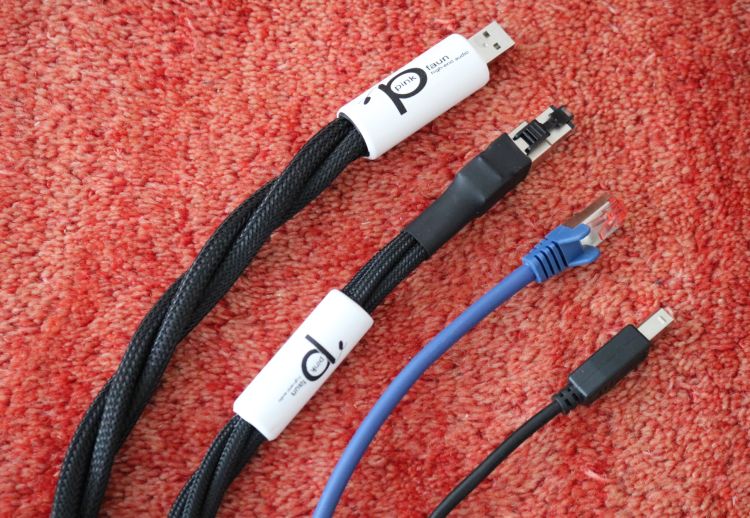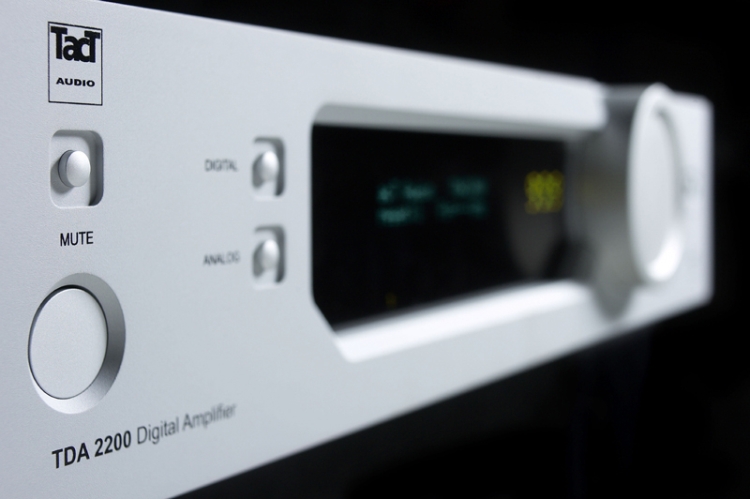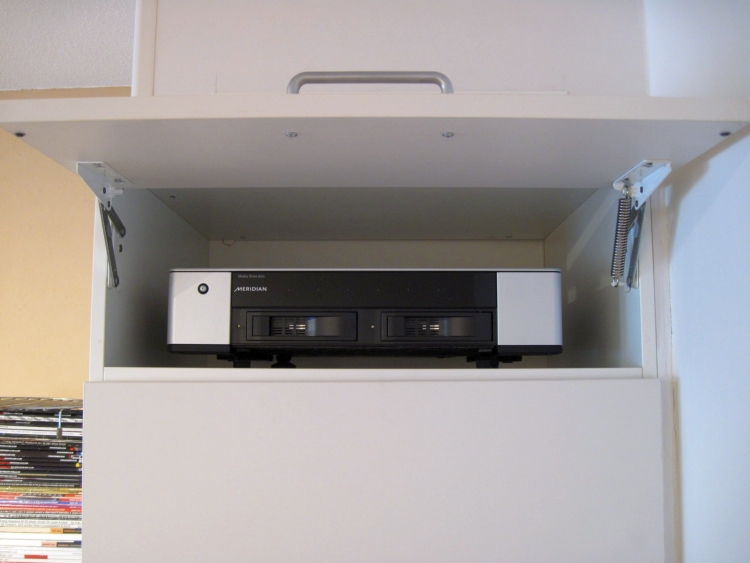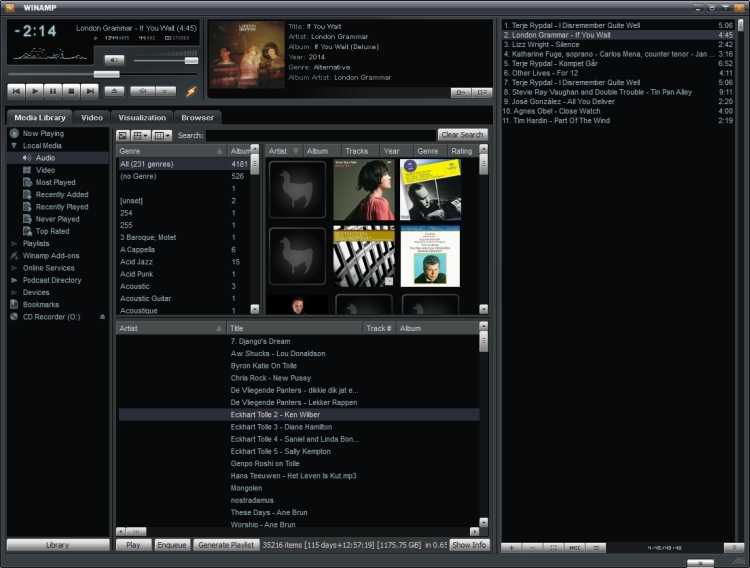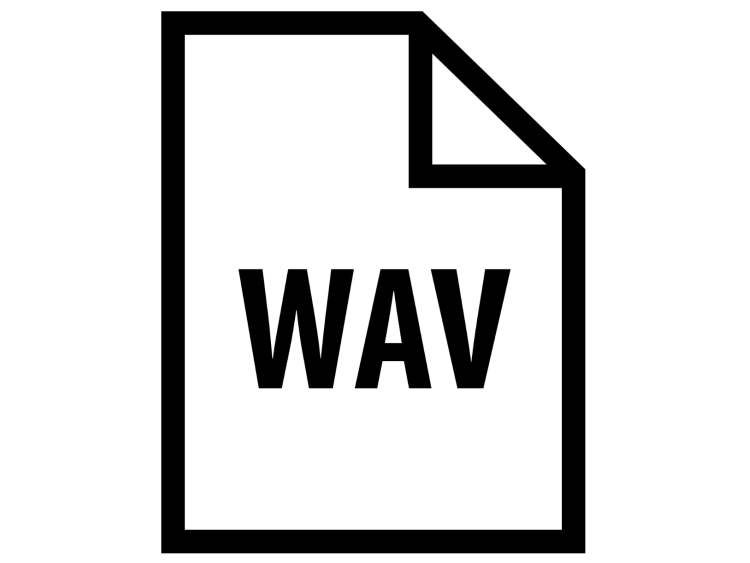The Difference Between Instrumental and Speaker Cables (Guest Review)
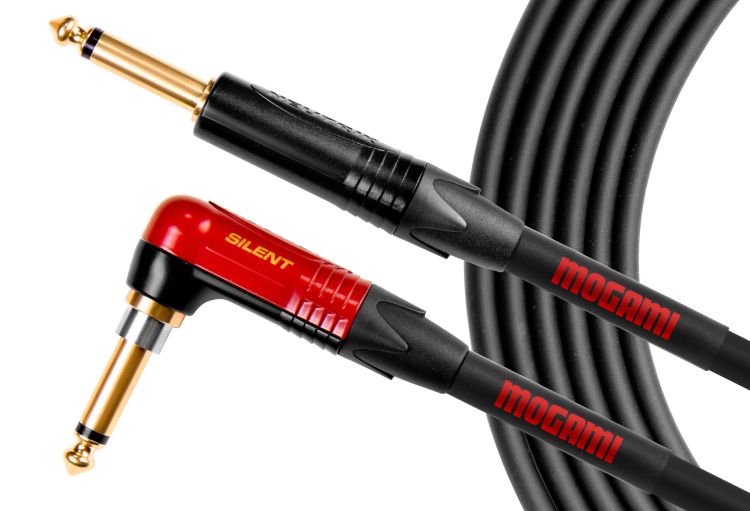
By guest writer Alex Cortez
Pro Audio – The Difference Between Instrumental and Speaker Cables
If you’ve been playing (in a band) for years now, chances are there have been times you’ve forgotten some essential parts of your rig. If you haven’t, well, it’ll happen at some point. But don’t fret. It happens to the best of us. My buddy, who’s been a drummer for decades, often forgets his own drumsticks. Once at an out of town gig, I forgot to bring my own amp head. So you see, it’s not all that bad. Sometimes other bands can lend you an item you forgot, or a helpful sound guy may have some extra gear somewhere you can use, let’s say a cable for your guitar.
Using the Right Cables
If you’re at a studio or at a gig and realize you’ve made an honest mistake of forgetting your instrument or speaker cables, or maybe you damaged one while traveling, it’s important to make sure that the new one you got is the right one for the job. It’s easy to mistake instrumental cables for speaker cables, but there are a few key differences in how they’re built, which is your basis and the reason why you can’t just use them interchangeably.
Instrumental- and Speaker cables are constructed quite similarly. They are made of a copper core wrapped with rubber or polyester, and with connectors made of gold, nickel, or other types of metal. Instrument cables are shielded and use much smaller wires and speaker cables are unshielded and use huge wire gauges.
A speaker cable has no use for shielding because the signal from the amp is huge and the impedance of the speaker is very low to the point that outside interference and RF noise won’t be a bother. An instrument cable, on the other hand, requires shielding since it connects your instrument to the amp at high impedance. The signal wire is shielded, which in turn reduces radio signals and interference from other electronics.
If you want to avoid mistakes like this, then it’s important to read up on audio tips by websites like Noisy labs before you purchase anything expensive.
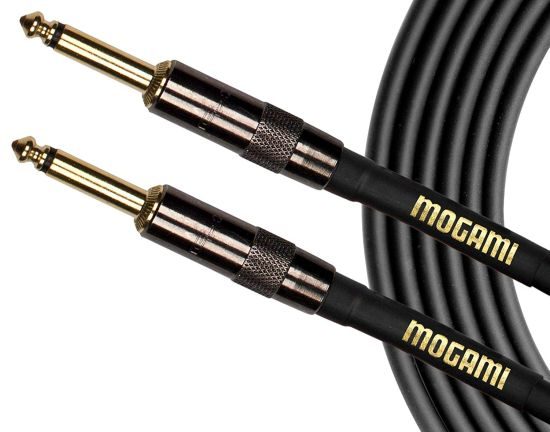
Speaker cable or instrument cable? Answer: this is a speaker cable.
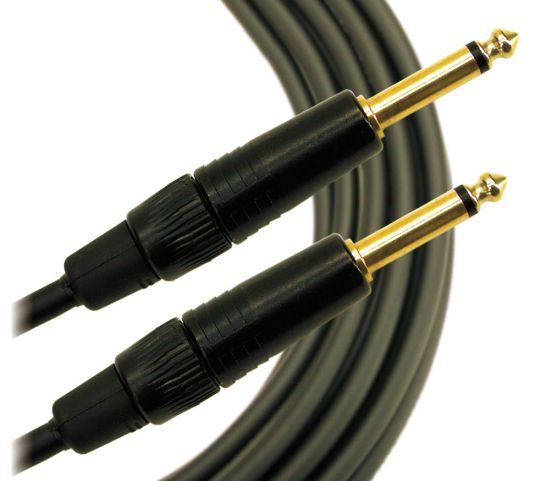
Speaker cable or instrument cable? Answer: this is instrument cable. Indeed, you can’t tell the difference from the outside!
Why these Cables aren’t Interchangeable
It’s quite alarming how some musicians are okay with, “Hey, you’re not supposed to do that” when it comes to using cables. I think I may have been one of these kids before, but as I grew older and the gigs became more frequent, I realized a little understanding can help a whole lot if you want to have better sound and at the same time save money on gear maintenance. Now I know, it’s definitely not OK to use them interchangeably.
Both newbies and professionals can commit the mistake of using one in place of the other especially if they’re in a hurry. It’s because both cables use the same type of 1/4-inch (6.3mm Jack) connector. But that’s not the only similarity.
As mentioned, using a speaker cable where an instrument cable should go will only add unwanted noise to your set up. It’s without a shield, so the signal generating from your guitar will come with a lot of interference, hum, and buzz from nearby electronics, including the unwanted noise from the PA speakers, your bandmates’ amps, and from the transformer of your own amp. In addition, phones are everywhere, neon signs are all over the venue, and the lighting system. You’ll be making a lot of noise for sure, and not the kind of noise audiences will love.
On the other hand, using an instrument cable where a speaker cable should be can be very damaging to your amp. It’ll still work, but because of the high level of current going through your guitar’s tiny gauge wire, there’s a fat chance your cable will be melted and it’ll short circuit your amp too. That’s hundreds of dollars wasted.
Another thing you should watch out for when using an instrument cable as a speaker cable is that it’ll destabilize your amp. Through the years, amplifiers have been enhanced in order to withstand getting the wrong type of cable, but it can only handle it for a short amount of time. And you don’t want to do the testing during a show, do you? You might end up damaging the amp and pay for it when it’s you that should be paid.
Think of the current flow from amp to speakers as water pumped through pipes. The amp will release the strongest possible pressure ever, and your speaker cable is the pipe where the flow goes through all the way to the speakers. Now, if the pipe size is reduced, the flow of current will be restricted. Having such a small space to go through will create resistance, which is wasted energy in the end. So it’s better for the pipes to be bigger in order to have an output that’s not restricted.
At low signal levels, instrumental cables used as a speaker cable is OK in some instances, but at high signal levels, that’s trouble for you. Imagine the power of your amp attempting to go through a tiny hole. That’s a lot of converted heat that’ll never reach the speakers. Your output is very low and you’ll probably hear some distorted noise too. That’s a disaster if you weren’t using any distorted pedal at all. When used for too long, it’ll heat up the cable and your amp.
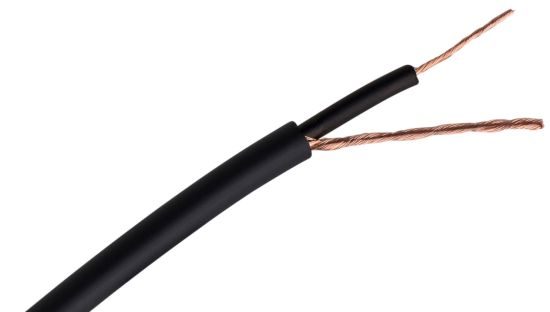
Instrument cable typical internal configuration.
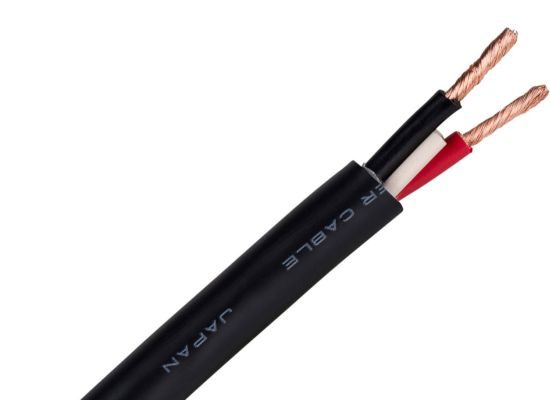
Speaker cable typical internal configuration. The white part is not a conductor but filler material.
Identifying One from the Other
Cables come in different thicknesses or gauges. High-end cables are often made of copper cores free of oxygen and they have corrosion-resistant gold connectors. Most people would agree that thicker cables are better because the gauge can handle power transfers of signals (remember the water hose?). It’s also worth noting that a shorter cable produces better signals. I mean, if you really think about it, if you’re hose is way too long, it won’t deliver the amount of pressure as a shorter hose would.
Luckily, cable manufacturers indicate their cables according to where they should be used. However, there are instances where telling the difference can be difficult especially to the untrained eye. If this happens to you, try unscrewing the end to see what’s inside. This is the best way to identify which is which.
If it’s an instrument cable, you’ll notice a wire or two covered with some form of shielding or coating. Some manufacturers use foil wraps, others use braided wire meshes. A speaker cable will have two independent wires inside. One is attached to the sleeve and the other is attached to the tip. Often, they come in black and white or black and red. It should be without any foil or braided wires. If the connector is a TRS (Tip, Ring, Sleeve) end, similar to what’s found on headphones, then that is definitely not a speaker wire for sure.
Don’t commit the tragic mistake of interchanging your cables. It’s a complete waste of energy and you end up spending more for replacements.
Alex Cortez, guest writer for hifi-advice.com
